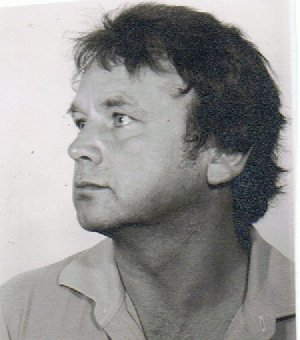|
||||||
|
I am a firm believer that without speculation there is no good & original observation.
Imprint
Franks Casket After a long and obscure history it is now exhibited in the British Museum in London, named after its donor 'Franks Casket'.
Detailed texts on the topic and a comprehensive bibliography in: Alfred Becker, Franks Casket. (Regensburger Arbeiten zur Anglistik und Amerikanistik, A few copies are still available at E-Kontakt
NEW: Alfred Becker, Franks Casket: Das Runenkästchen von Auzon. Magie in Bildern, Runen und Zahlen (Berlin 2021);(301 S.)
NEW: Alfred Becker, The King's Gift Box: The Runic Casket of Auzon, (Witan Publishing, Troy, Al. USA 2023)
Deutsche Nationalbibliothek has archived the electronic publication "Franks Casket", which is now permanently available on the archive server of Deutsche Nationalbibliothek The British Library has archived the electronic publication Franks Casket in February 2012
~~~~~~~~~~~~~~~~~~~~~~~~~~~~~~~~~~~~~~~~~~~~~~~~~~~~~~~~~~~~~~~~~~~~~~~~~~~~~~~~~~~~~~~~~~~~~~~~~~~~~~~~~~~~~
Alfred Becker, studied English and theology at the University of Göttingen. His fascination with the Franks Casket (also: Runic Casket of Auzon) has accompanied him since that time. Following a seminar paper on Old English poetry on the "Verses of the Whale", he was offered a dissertation on the Runic Casket. A DAAD scholarship enabled him to spend several months in London and thus visit the British Library, - at that time still in the British Museum with its historic library , the world-famous "Reading Room". From there he had access to the Department of British and Medieval Antiquities with Dr. Bruce-Mitford as Keeper and Ms. Leslie Webster at his side. She handed the visitor the small box to photograph The Magic Touch!!!.
Alfred Becker 1970 Disclaimer |
||||||
|
||||||
|






